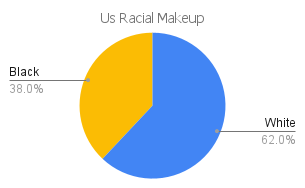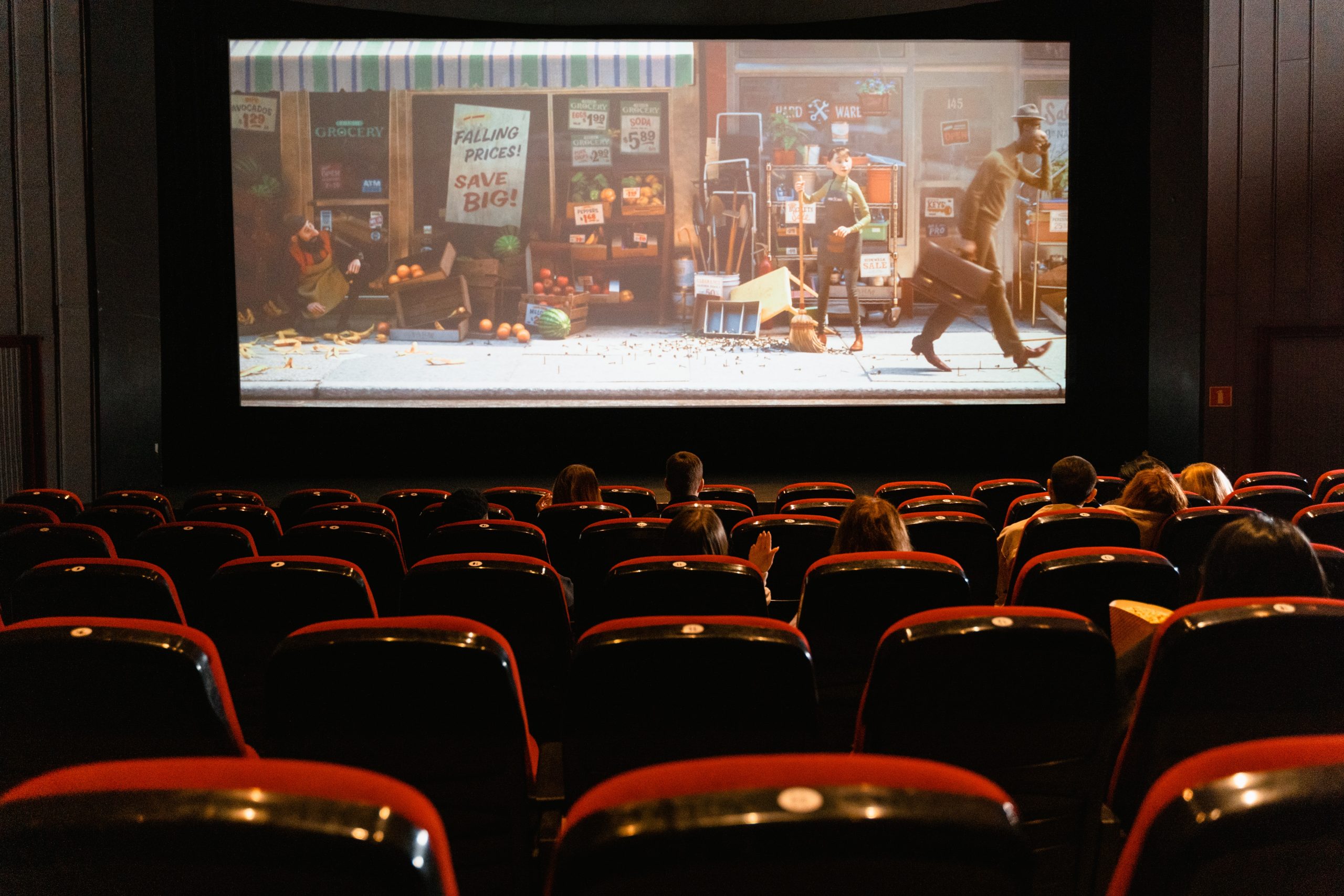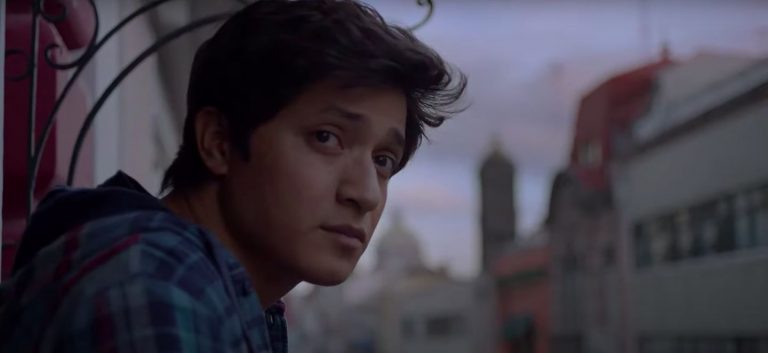Horror Under the Looking Glass: An Comprehensive Look at the Inclusivity of Us (2019)
After the commercial and critical success of his 2017 film Get Out, film director, writer, and producer Jordan Peele had big shoes to fill. But after various other projects, he returned to the solo director-writer role to create Us in 2019, a film that is rife with symbolism and allegories. Once again, a black-led cast that made waves in both its diversity and its message. But through both elements, the film affects the audience like no other: they are left wondering about every detail but have understood everything perfectly.
What Is Us About?
Us is a horror film like no other. Though it firmly establishes itself within the horror genre, unlike its predecessor did when it was released in 2017, there are numerous twists and turns that make it into something else entirely. It follows Adelaide Wilson, first as a little girl who goes through childhood trauma like no other, then as a woman with her own family, who visit the same beach city where the event occurred years before: Santa Cruz. Soon enough, the family comes face-to-face with their doppelgangers, led by Adelaide’s own, named Red. They seek to murder their psychologically-tethered others that reside above the ground, a pursuit that leads Adelaide through hell and eventually the self-discovery that leaves the audience questioning everything.
What Is Jordan Peele’s Social Commentary About?
There are numerous analyses of the movie’s elements, from the complex twists and turns of the plot to the various symbols present throughout. Still, there is one aspect that most seem to focus on: the cast’s racial diversity. Us focuses on a Black family and their tethered counterparts, making it so that most scenes feature only Black characters. Due to this, and the solid racial commentary that Jordan Peele’s previous film Get Out featured, most are quick to assume that his new movie revolves around the same social issues. But that is far from the truth, especially when considering the diversity statistics of the leading cast and crew.
What Is the Inclusion Criteria?
The film was selected from RottenTomatoes Top 100 Horror Movies. Once selected, the diversity statistics of the film were analyzed, primarily in terms of the distribution of film leadership roles. The cast/crew roles included in the data analysis include director, writer, lead actors, producers, and executive producers. The data was also formatted into the racial categories of White, Black, Hispanic, Asian, and Middle Eastern, and the gender categories of Male and Female. This was all sorted into two separate pie charts for the movie.
How Inclusive Is Us?
Us drew a 93% rating from critics and a 59% rating from viewers on Rotten Tomatoes. Within its leadership, 38% of the cast/crew roles of the film were occupied by Black members, and White members occupied 62% of the positions . In its gender diversity, 25% of the cast/crew is made up of female members, with a remaining 75% of male members.


As mentioned before, Us does feature more Black individuals in its cast than usual. But even with this diversity on-stage, the majority of those who worked on the film were White: 62%. Within the film’s themes and motifs, though, race does not even play a role in the message that is told: the scissors, the tethered that live underneath everyone else, and the use of the Hands Across America event point to something different.
Jordan Peele, The Rolling Stones Magazine
Perhaps that something may have to do with the film’s tagline, “We are our own worst enemy,” a statement that rings true for everyone, not just a select few. And perhaps this obsession with them and us being the same is like looking in a mirror: when the tethered finally join hands together at the end of the film, nothing changes. They repeat the same mistakes of those above them, despite the years-long plan, the drive to replace the others, and the drive to be better than them. This repetition of the same old isn’t a Black or White thing: It’s an American thing, just as Red said so herself.
What Can We Conclude?
Overall, the film provides a glimpse of the difference between “Black horror” v. “Blacks in horror”, both terms coined by Robin R. Means in the documentary Horror Noire (2019). One focuses on racial identity, making it central to the narrative that is explored within the horror genre. The other simply doesn’t; it merely features Black characters within a horror film. Despite the distinction, though, fans of Get Out are sure to find fun in Us, a horror film that feels more like a horror film, but with all of Peele’s iconic marks.




